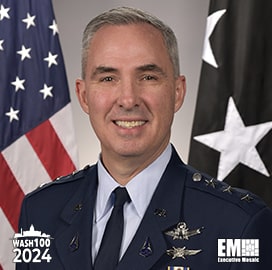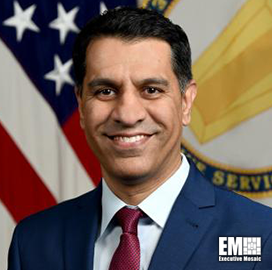Gen. Stephen Whiting, commander of U.S. Space Command and a 2024 Wash100 awardee, outlined his top five priorities that are key to delivering the Unified Command Plan responsibilities of USSPACECOM during his testimony before the Senate Armed Services Committee on Thursday.
The priority requirements are resilient and timely operational command and control; integrated space fires and protection; modernized agile electronic warfare architectures; enhanced battlespace awareness for space warfare; and cyber defense of space systems, the command said Thursday.
Whiting noted that long-term investment is needed to advance such capabilities to ensure that the U.S. maintain its space domain advantage over strategic competitors.
The general discussed the risks posed by Russia and China to U.S. and allied space capabilities and mentioned the command’s efforts to address such threats, like advancing collaboration and sharing space information to improve transparency and space domain awareness.
“Today USSPACECOM seeks to expand competitive advantages over the PRC and Russia by leveraging every available asset of the interagency, the rest of the Joint Force, our Allies, and our Partners in U.S. commercial industry and academia,” Whiting told lawmakers.
“No one department, service, command, even country can do all the things we need to do… we partner as widely as we can with like-minded countries and organizations because it maximizes our ability to execute our mission,” he added.

Whiting will deliver a keynote at the Potomac Officers Club’s 2024 Space Summit on March 5. Register to hear him and other government leaders discuss the latest technologies, investments and urgent issues facing the space domain.















